
Two young women from very different backgrounds journey into the countryside seeking respite from unsatisfactory lives and relationships, but ultimately find that there is no way back to the world they once knew.
You May Also Like

Dharma is stuck in a rut with his negative and lonely lifestyle and spends each day in the comfort of his loneliness. A pup named Charlie who is naughty and energetic which is a complete contrast with the Dharma’s character enters his life and gives him a new perspective towards it.
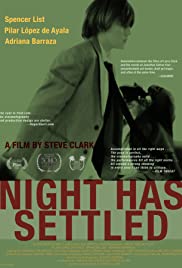
In 1983, Oliver Nicholas, at thirteen, is well-poised to enter the precocious teenage world of first-sex, vodka and possible-love in New York City when he is traumatized by the stroke of his housekeeper (and only true maternal figure), a sixty-five-year-old Chilean woman named Aida. What was supposed to be an exhilarating and somewhat fearful rite of passage – diving into the exciting, fast-paced world of first experiences – quickly becomes skewed by an incomprehensible depression, and a house of interior horrors. Surrounded by women – his untraditional, Spanish, photographer mother (more interested in the role of confidante than mother) his sister, a comedic, door-slamming tormentor, marked by her parent’s divorce; and Aida, his silver-haired emotional focal point on the verge of death in Lenox Hill Hospital – Oliver struggles to maintain his role as “man of the house” and his sanity.

Catherine meets Nick by accident and, after a whirlwind romance, the two get married and Catherine moves into Nick’s apartment only that’s the start of problems when an unseen intruder begins playing strange mind games with Catherine in an apparent attempt to drive her insane.

Berlin, 1923. Following the suicide of his brother, American circus acrobat Abel Rosenberg attempts to survive while facing unemployment, depression, alcoholism and the social decay of Germany during the Weimar Republic.
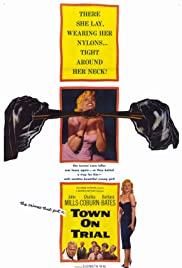
When an attractive young girl is murdered, suspicion falls on several members of the local tennis club. It falls to Police Inspector Halloran to sort out all the red herrings, and finally after a confrontation at the top of the local church spire, arrest the culprit. Another fascinating look at what life was like in Britain during the 50’s.

A young doctor proves his worth at a metropolitan hospital.

Two co-dependent sisters, a recovering sex addict and a lonely lesbian who work as hotel maids in Fresno, go to ludicrous lengths to cover up an accidental crime.
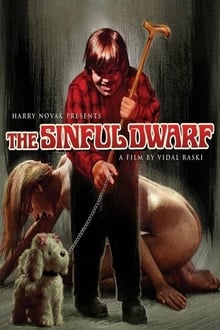
Olaf and his mother run a boarding house and a white slavery ring. They also smuggle heroin to keep the addict girls happy so they do not try and escape. A young couple move into the house and the evil landlords take a liking to the female.

A former sorority girl, longing for her old, fun college days, decides to take a job as house mother to her former college chapter, only to find that it is in shambles. The handsome Dean of Student Affairs tells her she must turn the chapter around before the national organization yanks their charter and they will no longer be allowed on campus. As she works with the girls, she realizes she needs to be the grown up and help these young women discover their true potential. With the help of the Dean she comes up with a way to save the chapter and falls in love in the process.
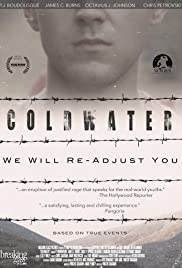
A teenage boy is sent to a juvenile reform facility in the wilderness. As we learn about the tragic events that sent him there, his struggle becomes one for survival with the inmates, counselors, and the retired war colonel in charge.
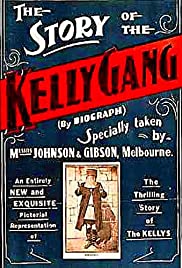
Just as Fritz Lang’s Metropolis (1927) is testimony to German silent film art, The Story of the Kelly Gang (1906) symbolises both the birth of the Australian film industry and the emergence of an Australian identity. Even more significantly it heralds the emergence of the feature film format. The Story of the Kelly Gang, directed by Charles Tait in 1906, is the first full-length narrative feature film produced anywhere in the world. Only fragments of the original production of more than one hour are known to exist and are preserved at the National Film and Sound Archive, Canberra. (unesco.org)